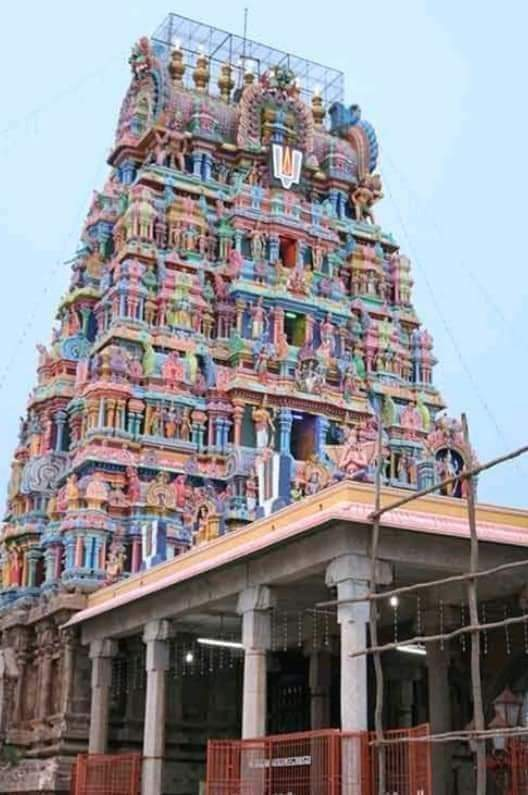பட்டாபிராம் அருகில் உள்ள கோவிலில் கும்பாபிஷேகம் நடக்க விடாமல் தடுக்கிறது அறமற்ற அறநிலையத் துறை! சிவாச்சார்யார்கள் கோவில் சாவியை அறநிலையத்துறையிடம் கொடுத்துவிட்டு போராட்டம் செய்ய வேண்டும் என்கிறார்கள். மற்ற சமூகத்தினர் என்ன நினைக்கிறார்கள்? இது இந்து சமூகப்பிரச்சினை.
அறநிலையத்துறை கோவில்களுக்கு முடிந்த அளவு இடைஞ்சல் கொடுத்து வருகிறது. #reclaimtemples #savetemplesfromgovt
Cc @Indumakalktchi @serukku @SaffronDalit @lalitha_jr @cosmicblinker @KanimozhiDMK @Kunthavi5 @SuryahSG @Murugan_TNBJP @BJP4TamilNadu @BjpKalyaan @BUSHINDIA @tskrishnan @Kishoreciyer1 @mafoikprajan @jsaideepak @rvaidya2000 @HLKodo @PriyaRaju @GopalanVs @svbadri @Ethirajans
• • •
Missing some Tweet in this thread? You can try to
force a refresh




















